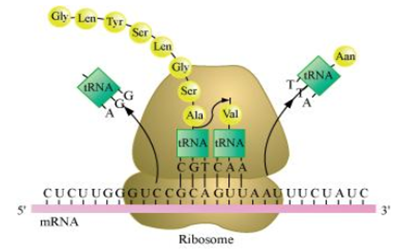 Short Answer Type
Short Answer TypeWith the help of a flow chart, show the phenomenon of biomagnification of DDT in an aquatic food chain.
Your school has been selected by the Department of Education to organize and host an interschool seminar on 'Reproductive Health – Problems and Practices'. However, many parents are reluctant to permit their wards to attend it. Their argument is that the topic is 'too embarrassing.'
Put forth four arguments with appropriate reasons and explanation to justify the topic to be essential and timely.
 Long Answer Type
Long Answer Type(a) Plan an experiment and prepare a flow chart of the steps that you would follow to ensure that the seeds are formed only from the desired sets of pollen grains. Name the type of experiment that you carried out.
(b) Write the importance of such experiments.
(a) Why are thalassemia and haemophilia categorized as Mendelian disorders ? Write the symptoms of these diseases. Explain their pattern of inheritance in humans.
(b) Write the genotypes of the normal parents producing a haemophilic son.
Translation is the process of polymerising amino acid to form a polypeptide chain.
The triplet sequence of base pairs in mRNA defines the order and sequence of amino acids in a polypeptide chain.
The process of translation involves the following three steps:
(i) Initiation
(ii) Elongation
(iii) Termination
(a) List the different attributes that a population has and not an individual organism.
(b) What is population density ? Explain any three different ways the population density can be measured, with the help of an example each.
